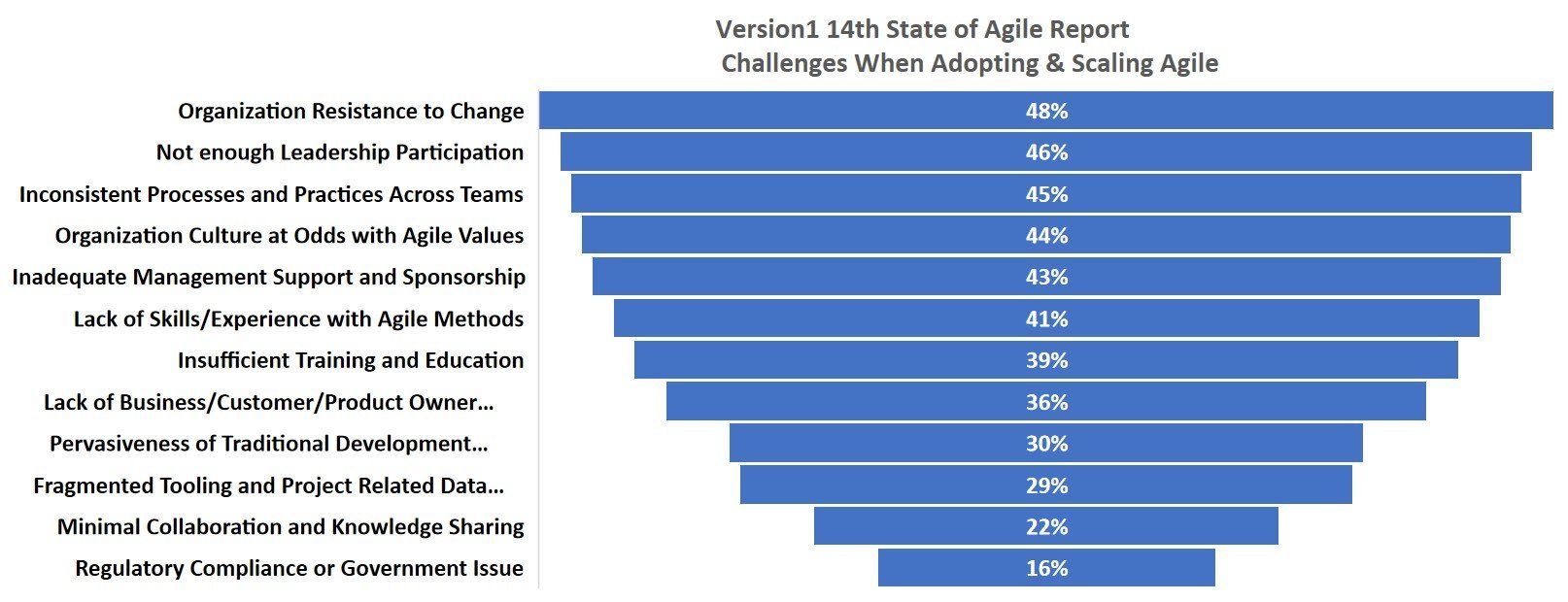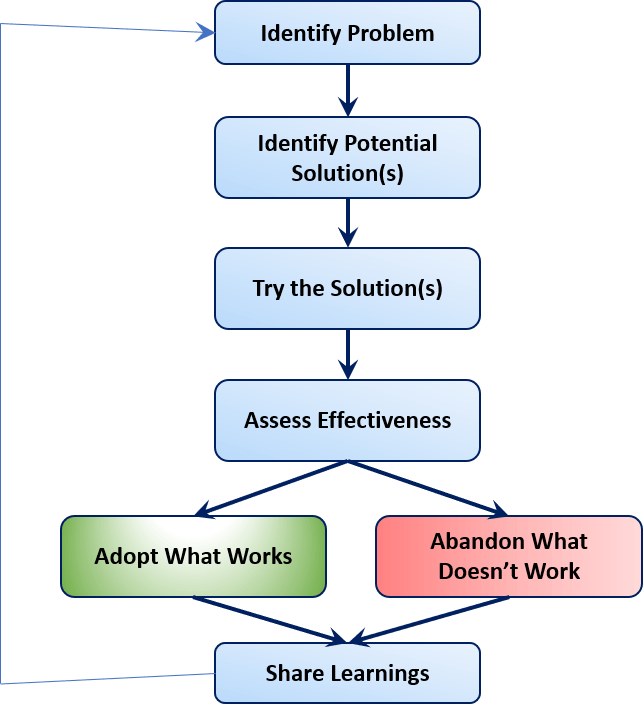Agile Scrum, Kanban, SAFe and Project Management Coaching
Are you using the wrong life cycle, just doing Agile Events without being Agile or having retrospectives without continuous improvement? Are you frustrated as Agile seems simple, but you just can't get it to work and are afraid of lagging behind the competition?
We understand Agile appears to be easy; just align to the manifesto and do the events...?
But just like physical fitness it seems easy to eat right, exercise, and get adequate sleep yet there is easier said than done.
Agile Transformational LLC can help you to make Agile Work.
Agile Coaching
We will get your Agile team on the right track and will fix Challenges in Agile Scrum, Kanban or SAFe through:
- Agile readiness assessments
- Utilizing our Simple, 5-step framework to improve Agile teams
- Leverage PMI-Disciplined Agile
- Guided Contiguous Improvement
Agile Transformational LLC Coaching facilitates:
- Setting-Up Kanban System
- Backlog Refinement
- Team Agreement
- Definition of Done
- Definition of Ready
- Event Management
- Alignment to Epics and Value Streams
- Definitions of MVP and MBI’s
- Optimizing SAFe Implementations
- Setting-Up Microsoft Azure DevOps
Agile Transformational LLC coaching will help you solve these common mistakes and relieve your frustrations!
- Using the wrong life cycle
- Just doing Agile Event and Roles without being Agile
- Retrospectives without Continuous Improvement
- Using Agile Scrum for IT support or other Continuous flow work instead of Kanban
- Ignoring the Agile Events
- Poor Team Structure- too many or not enough team member
- No Definition of Done (DoD), Definition of Ready (DoR), Team Agreements
- Not Enough Training
- An Absent Product Owner
- Unsure which application (Azure DevOps, Outlook, SharePoint, Teams) to use for what purpose
- Poorly defined Product Backlog Item
- Struggling to Implement Agile SAFe
Become your organizations Agile hero as we guide you on PMI-Disciplined Agile and Guided Continuous Improvement processes.
1 Analyze the context. What context does the team face?
Factor in team size, distribution, product scope, product complexity, schedule, process, stakeholders, etc.
2 Select best-fit lifecycle. Given the context you have uncovered, what lifecycle is the best fit for the team?
Remember: The lifecycle is a starting point that can be changed at a later time when it makes sense
3 Connect the dots. Given your context and lifecycle, what goal diagrams should you consider first?
What goal diagrams are the least relevant given the team’s situation?
4 Make some choices Within the most relevant goal diagrams, make some choices for the team’s way of working.
5 Guided Continuous Improvement
With the way of working established, create the habit of continuously improving.


